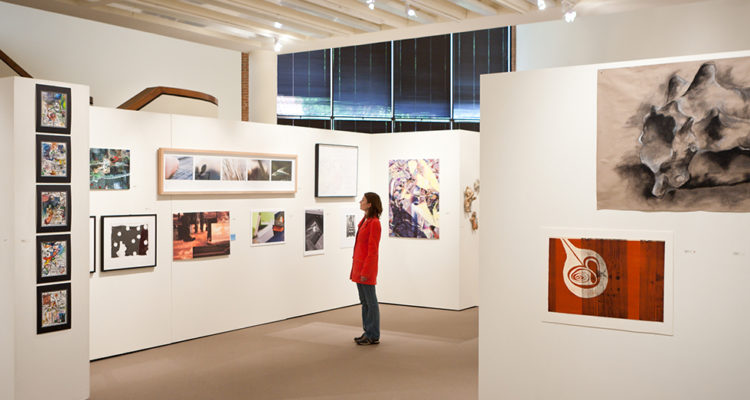Pablo Picasso, an artistic visionary, once proclaimed, “Art washes away from the soul the dust of everyday life.” From the dawn of human history, we have been captivated by the allure of art. Be it the primitive cave paintings, intricate Renaissance masterpieces, or cutting-edge contemporary installations, we have perpetually immersed ourselves in art to make sense of our surroundings and connect with something transcendent.
Gather ’round as we journey into the depths of our gray matter to uncover the science behind our insatiable craving for artistic expression. You see, our brains revel in the sight of art, releasing dopamine, that delightful neurotransmitter linked to pleasure and reward. Indeed, art is a veritable feast for our senses, activating the same hedonic hotspots as food, sex, and drugs. No wonder we’re irresistibly drawn to museums and galleries, forever on a quest to uncover new sensory experiences.
Yet, the magic of art goes beyond the simple pursuit of pleasure. It has the power to elevate our cognitive abilities and emotional well-being. Delving into abstract art, for example, unlocks the doors to our creativity and enhances problem-solving skills, enabling us to venture beyond conventional boundaries. Likewise, immersing ourselves in nature-inspired art can uplift our spirits and wash away the stress of daily life.
Furthermore, art becomes a bridge, connecting us with others and fostering empathy. As we gaze upon a piece of art, our brains light up in the same manner as when we engage in social interactions. It enables us to fathom the perspectives of others, weaving a tapestry of shared experiences. Museums and galleries thus transform into vital cultural hubs, uniting people and helping us tap into a realm beyond ourselves.
Of course, the world of art is as diverse as the human experience. We each have our unique preferences and tastes in artistic expression, be it traditional paintings, contemporary sculptures, or experimental installations. The key lies in seeking out novel experiences and embracing the world of art in all its glorious forms.
Rumi, the mystical poet, once wrote, “The wound is the place where the light enters you.” Art possesses the power to mend our souls, enlightening us with new perspectives and forging connections with the divine. So, the next time you’re captivated by a painting or sculpture, remember that it’s not just about personal taste – it’s about the science and the human craving for art.



Leave a Reply